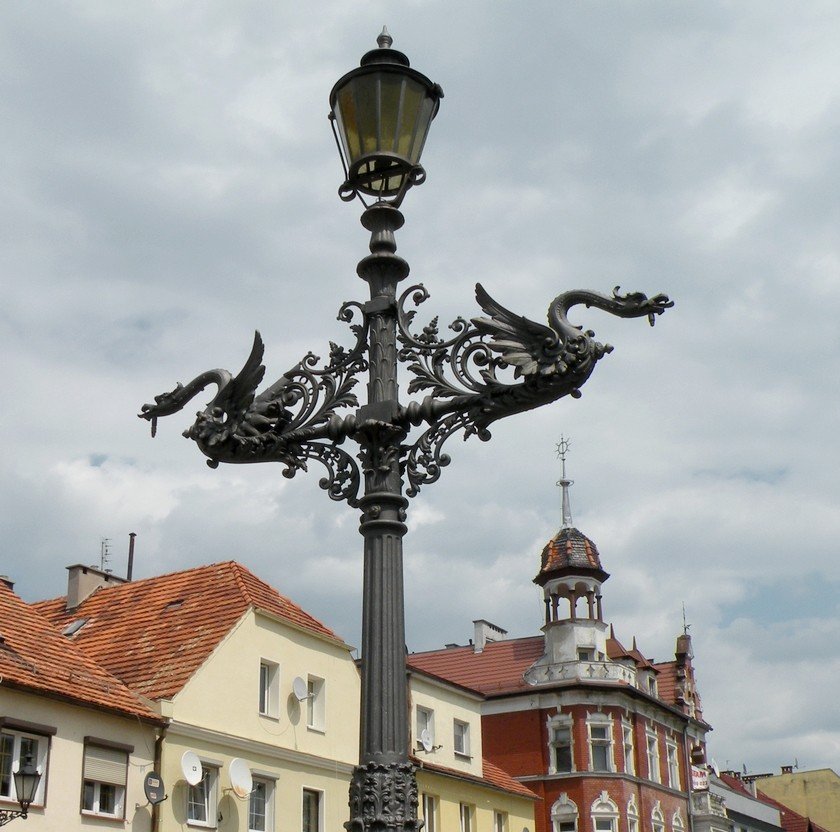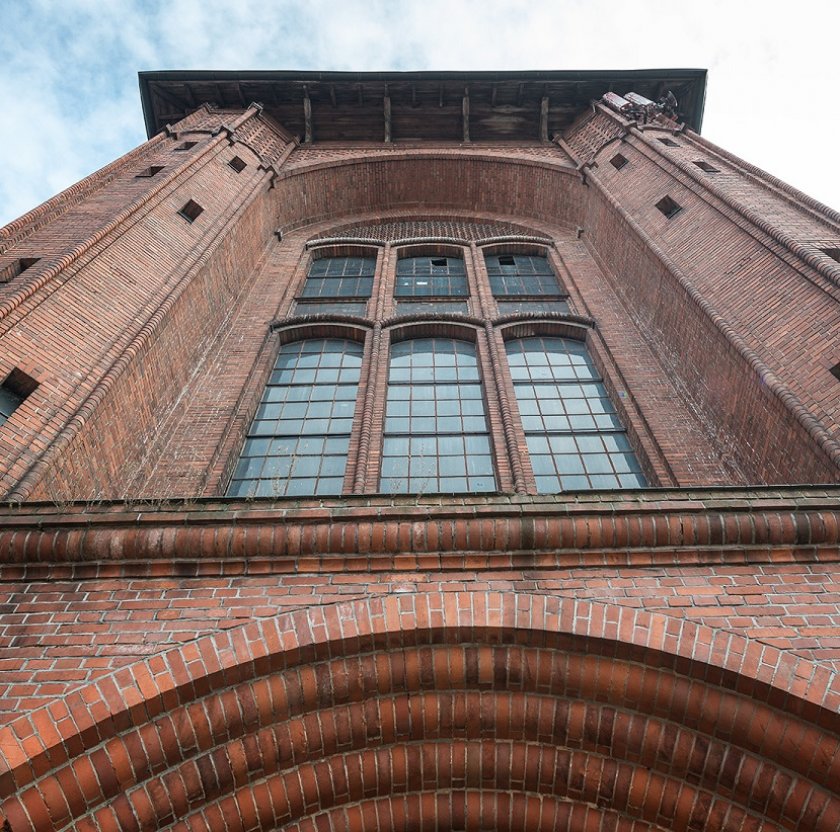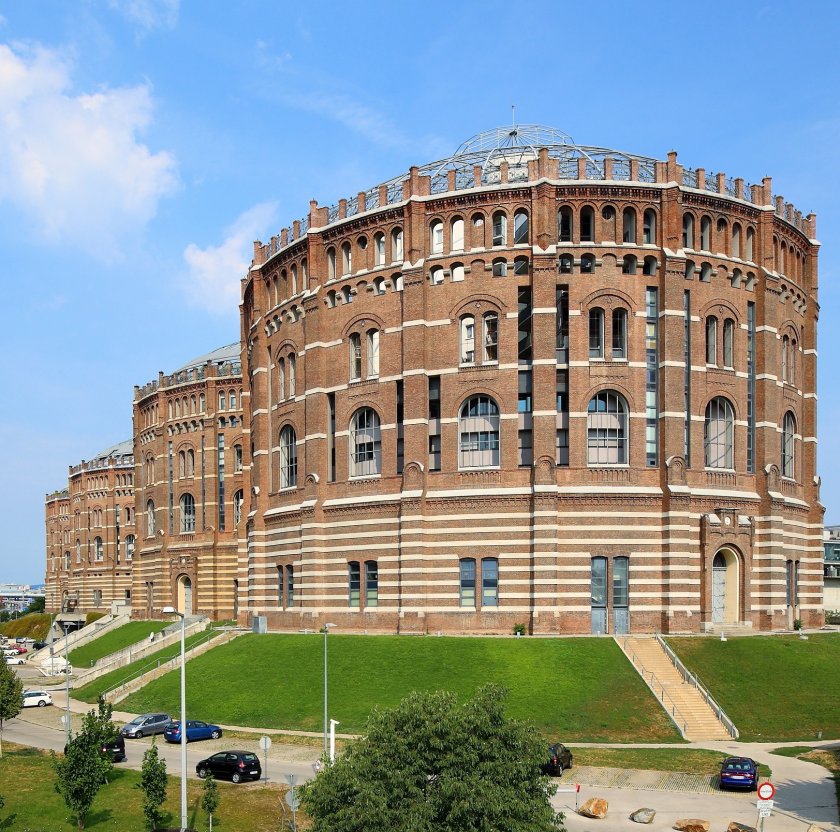Coins and tokens in the gas industry
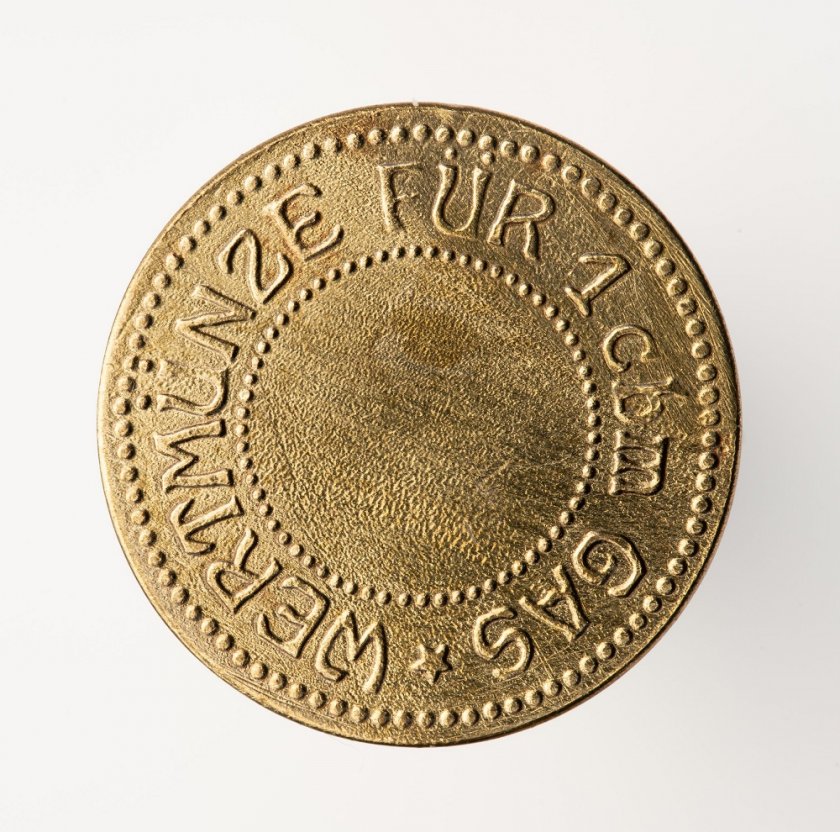 Fot.
Fot.
Over the next several decades, the use of gas meters became increasingly common. Both industrial and household gas meters were used, with bellows gas meters being the most popular type.
This solved the problem of measuring the volume of the gas supplied; however, work continued to be done on developing increasingly effective and convenient ways of paying for gas.
There were many gas meter manufacturers and each of them strived to improve their products to stand out from the competition. Particularly popular was the solution developed by the German company Schirmer-Richter from Leipzig, which was the first to start the production of self-resetting gas meters. They were known as “coins and tokens”.
The principle of such a gas meter was the ability to turn the mechanism opening the gas flow only after the coin or token was inserted into the slot. The amount of gas obtained at one time was 1 or ½ m³, which was indicated on the gas tokens.
There were many gas meter manufacturers and each of them strived to improve their products to stand out from the competition. Particularly popular was the solution developed by the German company Schirmer-Richter from Leipzig, which was the first to start the production of self-resetting gas meters. They were known as “coins and tokens”.
The principle of such a gas meter was the ability to turn the mechanism opening the gas flow only after the coin or token was inserted into the slot. The amount of gas obtained at one time was 1 or ½ m³, which was indicated on the gas tokens.
The benefits of using coins and tokens were obvious – it led to the elimination of problems linked to overdue gas bills and facilitated the work of gas agents, who did not have to calculate gas consumption based on gas meter readings, but only emptied the gas meter containers of tokens. Of course, gas meter continued to be read to eliminate potential fraud. Coins with the value of 10 pfennigs corresponded to the price of 1 m³ of gas.
The outbreak of First World War resulted in a significant lack of coins in market circulation. Gold, silver, nickel and copper coins were few and far between. This situation ended the use of coins in gas meters, as they were much more needed in relation to other social aspects, instead of being stuck in these devices in their thousands.
The outbreak of First World War resulted in a significant lack of coins in market circulation. Gold, silver, nickel and copper coins were few and far between. This situation ended the use of coins in gas meters, as they were much more needed in relation to other social aspects, instead of being stuck in these devices in their thousands.
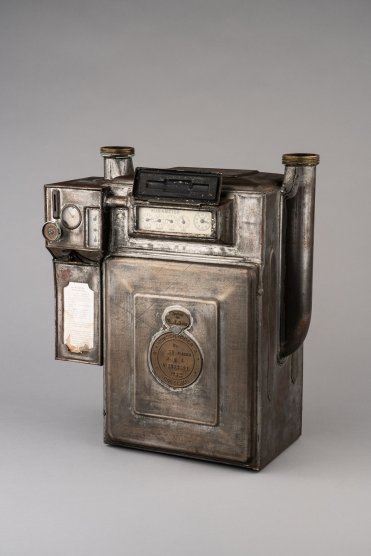
Token gas meter (Kromschroder)
For this reason, coins were replaced with gas meter tokens. Gas tokens were produced from bronze, brass, zinc and iron, and after the First World War they were also made from brass and bronze (sometimes also nickel-plated) to protect the gas meter mechanisms from contamination by corrosive metals. Special payment tokens, which every customer could buy from a clerk at the gasworks, were in continuous circulation and unofficially became a kind of substitute money.
It should be mentioned that two types of gas tokens were produced: for a given city or gasworks and universal, which could be used in many gasworks simultaneously. These were brass tokens, and their obverse read GAS/AUTOMATEN/GELD while the reverse was empty.
It should be mentioned that two types of gas tokens were produced: for a given city or gasworks and universal, which could be used in many gasworks simultaneously. These were brass tokens, and their obverse read GAS/AUTOMATEN/GELD while the reverse was empty.
Old German tokens continued to be used in the already independent Poland. There was one exception, however. In 1936, a gasworks token from Grudziądz was minted at the Warsaw Mint, which replaced the German tokens. This Polish gas token was also modified in relation to the German tokens and had a minimum equivalent of 1 m³ of gas.
After the Second World War, Poland stopped using gas tokens, unlike Western European countries. In Germany, Holland and the British Isles, the gas meter token system continued to be popular. Tokens can still be found in England, where they continue to be used in some hotels.
You can find out more about gas meters by visiting our virtual exhibition.
After the Second World War, Poland stopped using gas tokens, unlike Western European countries. In Germany, Holland and the British Isles, the gas meter token system continued to be popular. Tokens can still be found in England, where they continue to be used in some hotels.
You can find out more about gas meters by visiting our virtual exhibition.
